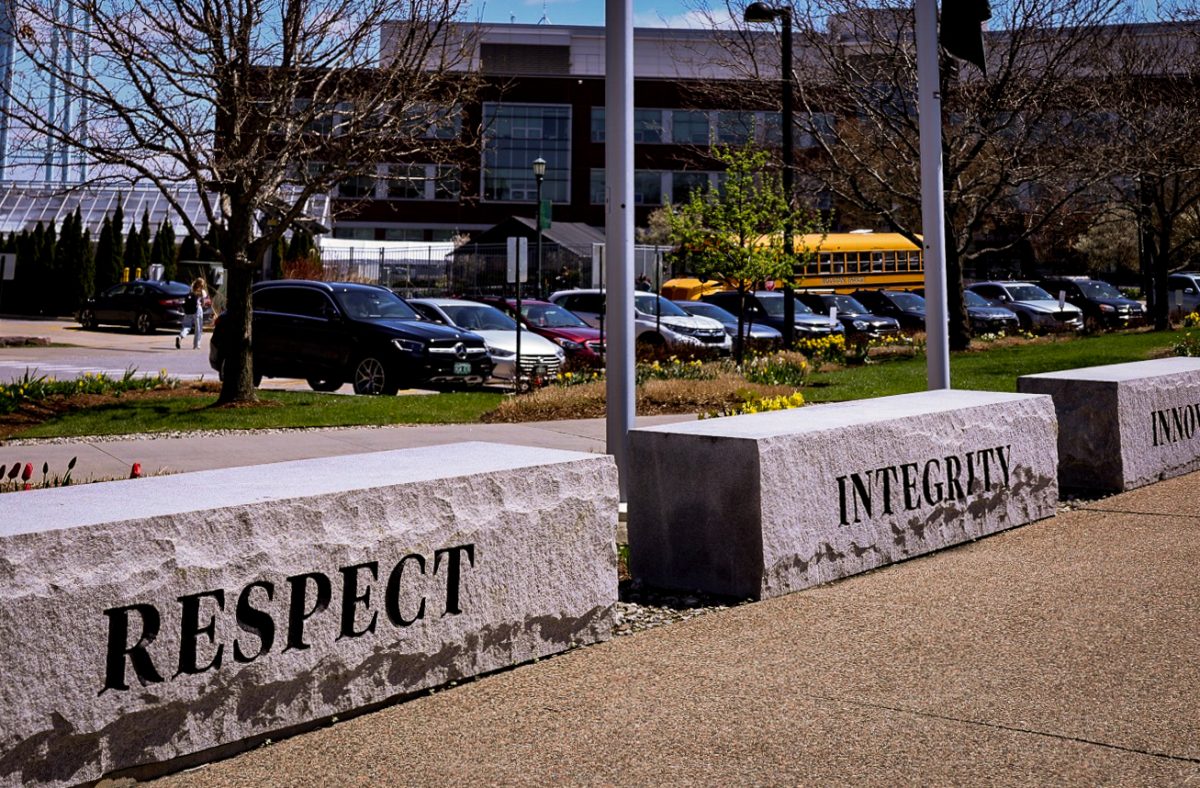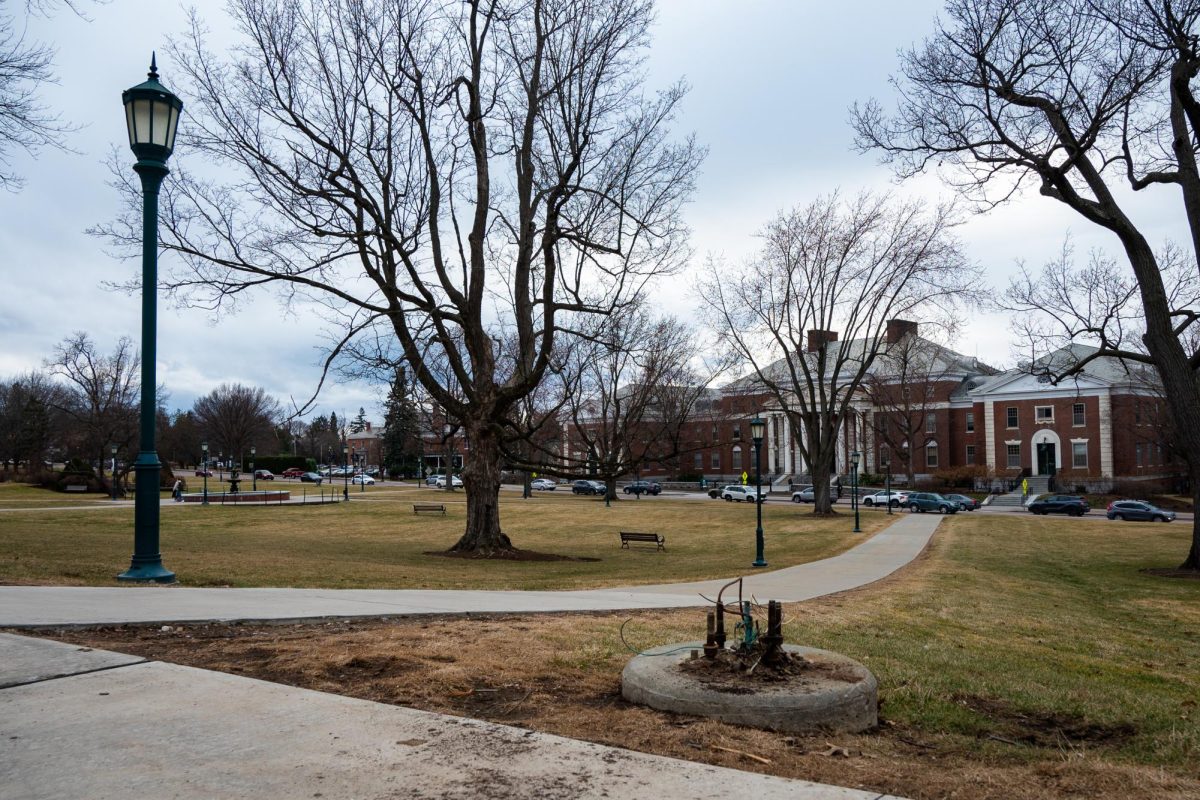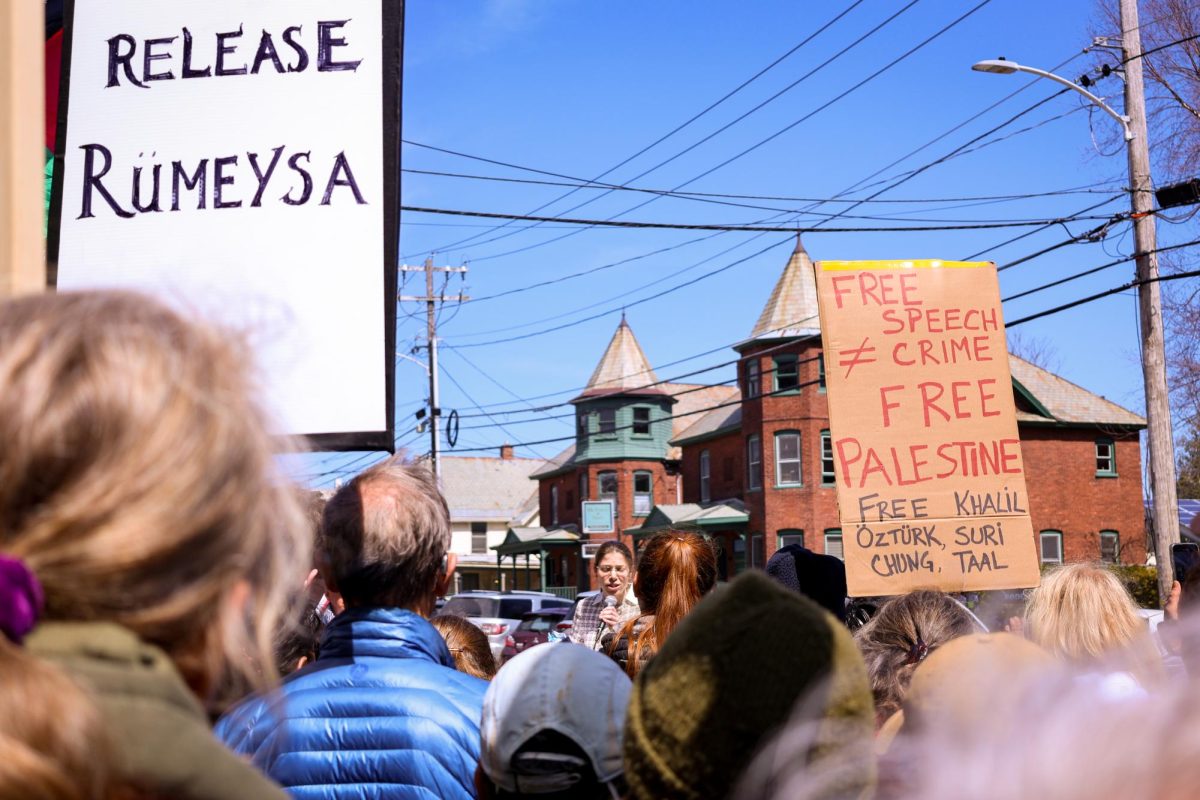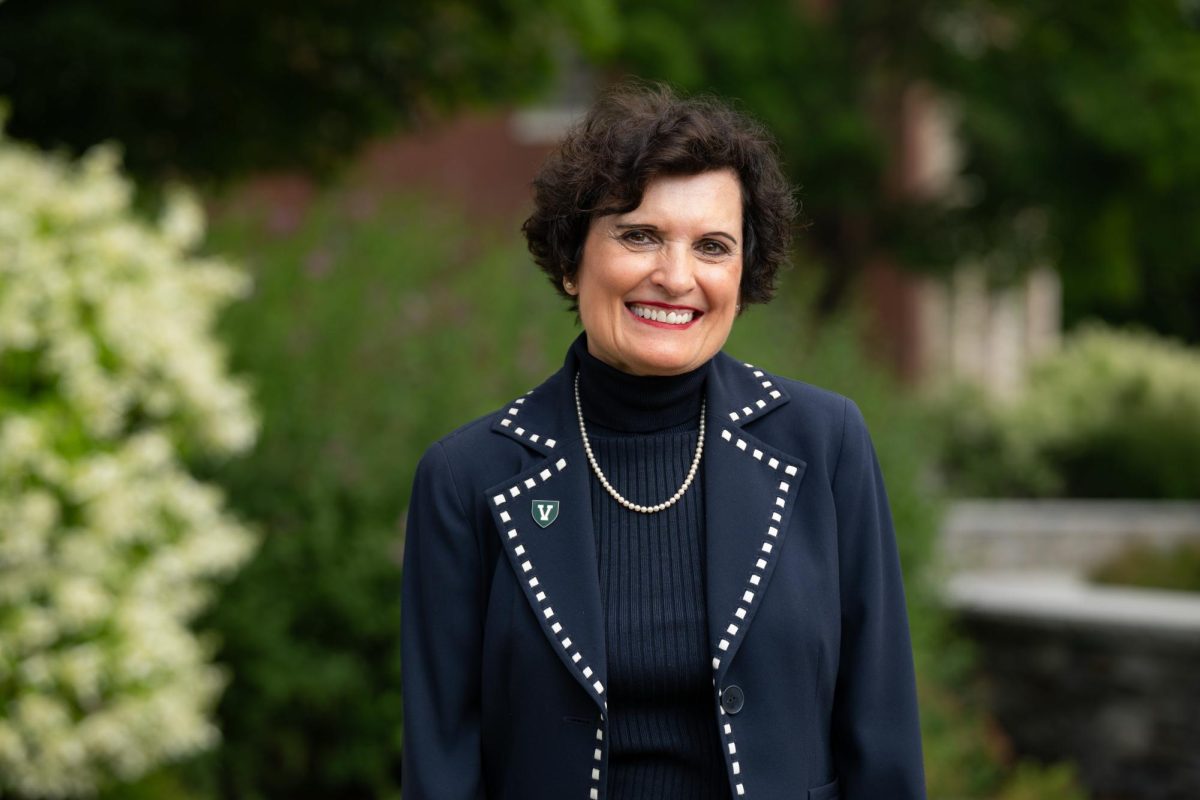Any student on campus can feel the history that radiates from the buildings that line University Row. Each building, statue and line of brick has its own significance and its own mostly forgotten story. As we skate, bike or shuffle past the exterior of our campus, how often do we take the time to wonder about the legacy that it represents? Old Mill stands today as the symbol of our historic campus; few may know that it was actually the first, and for a time only, building on campus. A wooden version of the building was in place to greet that campus’s first admitted students in 1801. It was devastating to the young University when, in 1824, this wooden construction burned down. At that point, Old Mill housed all the classrooms on campus, dining halls and both student and professor dormitories. After the original burned, a second Old Mill was constructed out of brick in 1825. Revolutionary War hero, the French General Marquis de Lafayette laid the corner stone to it. This corner stone has been preserved and remains with an imprint stating its historical significance. Though the front of Old Mill has been renovated a number of times since its construction, if you walk around to the back of the building, you can still see the original brick. In the front of the building, one can see a naturally formed, perfectly rounded boulder. This boulder stands as “a metaphor for intellectual and spiritual growth as well as beauty and is the symbol for the Boulder Honor Society,” UVM emeritus professor Dr. William Averyt said. Around the corner and mounted on a barely noticeable, southward facing sidewall of Old Mill is a unique sundial. Not only does this sundial show the time, but it also shows pre?cise daylight savings time. It was dedicated in 1970. Two buildings down the Row from Old Mill is Billings Library. While Billings is now function?ing as the center for Holocaust Studies, it was originally built as the University’s library. Billings is significant as a quintessential example of the popular 19th century architectural style, Romanesque Revival. It was designed by famous architect, Henry Richardson and opened to the public in 1885, according to UVM’s web site. Richardson designed many buildings in Romanesque Revival that echo the look of Billings – most notably, Trinity Church in Boston. “[The Romanesque Revival style] is solid and stately, and has a firm presence on campus,” Art History professor Allison Moore said. “It shows that America carries the European tradition.” Fredrick Billings funded the building project. Billings made his fortune as a developer of railroad lines to the Pacific Northwest, Averyt said. Billings, Montana is also named after him. Tucked behind Ira Allen Chapel on the northern side lies one of the University’s greatest legacies. And no, it has nothing to do with Phish. One mid-sized headstone marks the grave of both philosopher John Dewey and his wife Roberta. Dewey felt such a strong connection to the University that he felt the need to literally become one with its grounds. According to Averyt, the Deweys are the only two people buried on campus. Dewey is one of UVM’s most distinguished alumni. He graduated Phi Beta Kappa in 1879 specializing in philosophy. His philosophy included foundational ideas such as learning through doing, and he is an important figure in a vein of philosophy known as “pragmatism,” which stresses community ideals. UVM’s classes and professors are only a fragment of the institution worth learning from. History has literally been built into, or buried under this campus. Most of this information is available on plaques next to the sights and can be found by any curious passerby. But for more information than a plaque has to offer, Professor William Averyt has been conducting historic tours of campus every Saturday morning from 9 a.m.-11 a.m. through the end of October. Walk with open eyes around the venerable greens and dark reds on campus – they have stories to tell yet for anyone who cares to listen.
Categories:
Historic UVM
September 23, 2008
0
More to Discover







